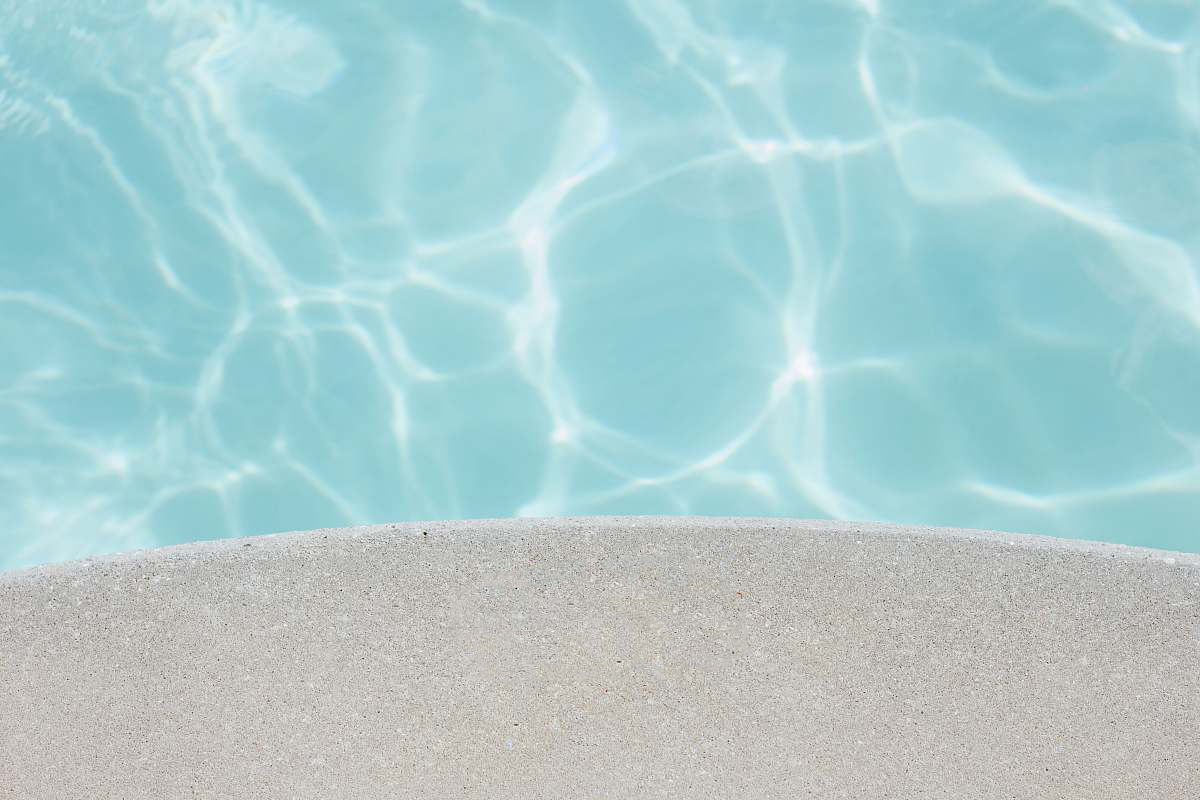 General Features of a Redox Controller
General Features of a Redox Controller
Paired with an automatic chlorine, bromine, or salt electrolysis treatment system, the Redox control becomes autonomous and manages pool disinfection on its own. It assesses the disinfecting power of the pool water, thus avoiding overdosing when the pool is covered or under-dosing when weather conditions are extreme or when pool usage is intensive. Manual interventions and manipulations in the technical room are limited to simply checking the proper functioning of the equipment, approximately every two weeks.
What are the specificities of Redox potential measurement?
Redox potential can be measured with a manual electronic tester. Often, this device also indicates the pH level and possibly the water temperature. There are no test strips.
The Redox controller, on the other hand, is installed in the technical room. It takes its measurements using a probe. The Redox potential is expressed in millivolts (mV) and ranges between 650 and 750 mV. The Redox potential can be measured with a manual electronic tester. Often, this device also indicates the pH level and possibly the water temperature. There are no test strips.
The Redox controller, on the other hand, is installed in the technical room. It takes its measurements using a probe. The Redox potential is expressed in millivolts (mV) and ranges between 650 and 750 mV. The higher the value, the more disinfectant the water is; above 750 mV, the water is corrosive and degrades liner, equipment, swimsuits... Below 650 mV, the water is not disinfectant enough, it becomes cloudy, and algae, bacteria, and viruses develop.
Redox potential measurement can be influenced by numerous factors related to water balance. pH level, presence of stabilizers (between 20 and 40 ppm), amount of disinfectant in the pool, water temperature... that's why this equipment is associated with a pH regulator and an automatic disinfectant dispenser, or even with a water temperature sensor.
What are the components of a Redox controller?
The Redox controller can be a standalone device, but it can also be integrated directly into the automatic treatment equipment. It consists of a probe, a housing containing an electronic board, algorithms, and various accessories.
The control unit
The housing contains an electronic board and algorithms that integrate numerous parameters necessary for measuring the concentration of the disinfectant product present in the pool water. Thanks to these algorithms, the chlorine level is calculated in real-time, and injection is done according to the needs and conditions necessary for the proper functioning of the pool.
The housing is connected to the Redox measurement probe, the automatic treatment dispenser, and a power supply via an electrical outlet or a cable directly connected to the pool's electrical box.
Depending on the models, it may only measure the Redox potential (the disinfectant power of the water). But it can also indicate the level of total chlorine present in the pool. That is, the level of free chlorine and that of combined chlorine (inactive in the disinfection process).
The device calibration is simple and is often done via buttons or keys. Each is associated with a function.
A Redox adjustment range can be announced, between x and xxx mV.
An LCD screen, backlit or LED, allows reading the following data: the Redox value, alert messages, or the chlorine level.
A peristaltic pump accurately doses the treatment injection. The dosing is proportional and progressive. When the setpoint is reached, dosing stops. A safety stop is triggered when the Redox analysis is too high or too low.
There may be an alarm for probe malfunction.
Some models can operate with Wi-Fi via an application.
The Redox probe
This is the probe that measures the disinfectant activity in the pool. It is fragile, made of glass with variable sensitivity depending on its quality.
It is a precision element that must be handled delicately and avoided being touched with fingers. When it is not in the probe holder, it must be constantly immersed in a liquid solution, preferably a saturated potassium chloride solution, at worst in water, otherwise, it deteriorates and stops working.
The probe is calibrated using a Redox buffer solution when the pool is reopened and once or twice during the season.
If the probe shows signs of weakness or breaks, it is possible to obtain another one from pool professionals.
Supplied accessories
A calibration solution is supplied with the Redox controller. But there may be additional accessories such as support collars or a probe holder, a mounting kit, a few meters of crystal tubing, a plug, etc.
The Redox controller is a reliable equipment. However, the rules regarding water balance, installation, and use must be respected if one wants to fully benefit from its services.
What level of noise for a swimming pool heat pump is acceptable and what does the regulation say about noise nuisance from a swimming pool heat pump? Discover our answers and advice in these articles dedicated to the noise of swimming pool heat pumps.